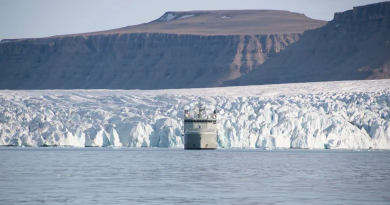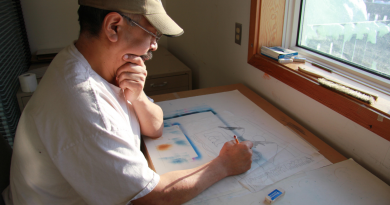Archeologists create digital blueprints of historic sites on Canadian Arctic island
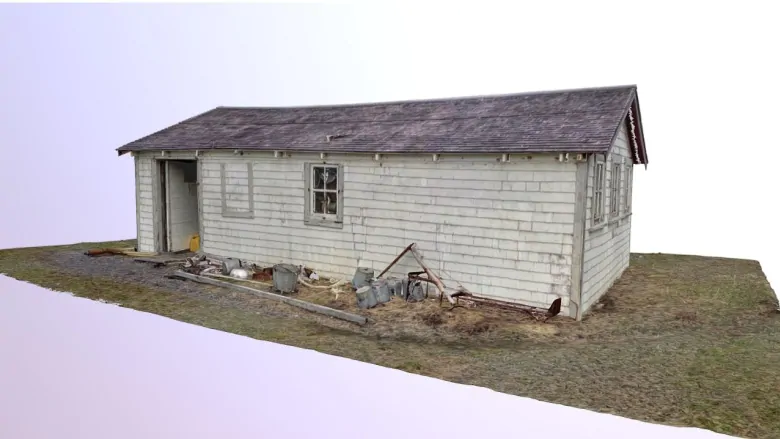
The impacts of climate change can be hard to notice on an incremental basis, but when archeologist Peter Dawson stepped off a Twin Otter aircraft onto Yukon’s Herschel Island after a decades-long absence, there was nothing subtle about what he saw.
“I think they’ve lost in some areas … 20 metres of coastline over the last 20 years.”
Dawson said seeing the erosion and other changes drove home the importance of creating digital blueprints of the historic sites at Pauline Cove, part of Herschel Island – Qikiqtaruk Territorial Park.
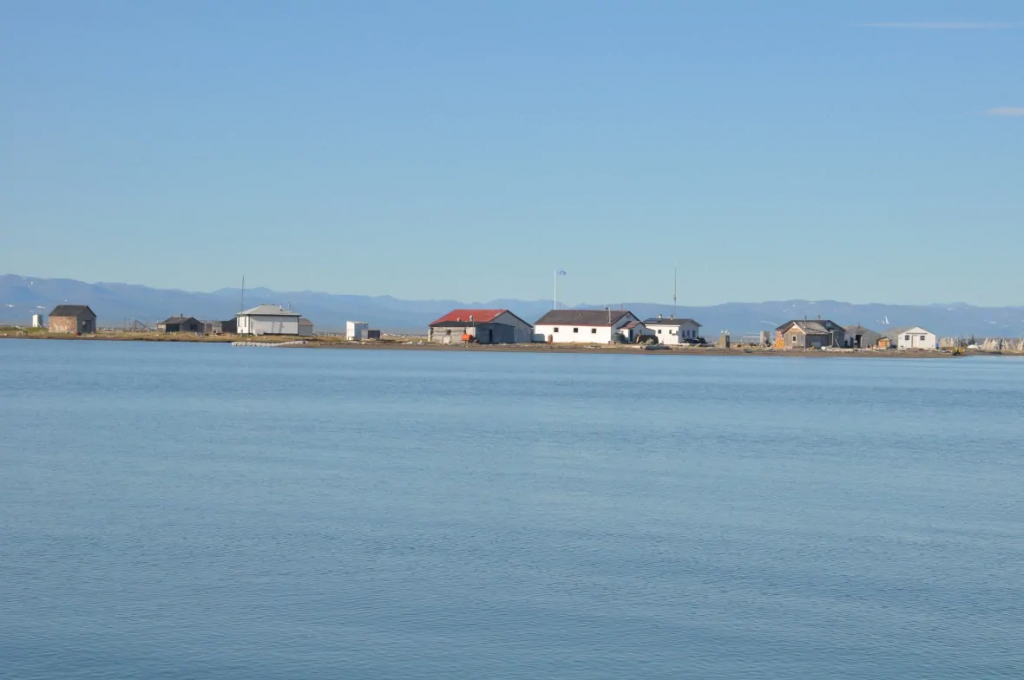
Digital backups
Dawson was first gripped by the history of Herschel Island, located in the Beaufort Sea five kilometres off Yukon’s north coast, when he worked there as a new archeologist in the 90s. The island has been used by Inuvialuit for thousands of years and more recently by American whalers, Anglican missionaries and the Northwest Mounted Police.
“It’s just an incredible, incredible place,” Dawson said.
Now head of the anthropology and archeology departments at the University of Calgary, Dawson specializes in the digital preservation of heritage at risk. Using a drone and a lunchbox-sized device called a terrestrial laser scanner to calculate the exact coordinates of each element of the structure, he created 3D digital replicas of the sites at Pauline Cove.
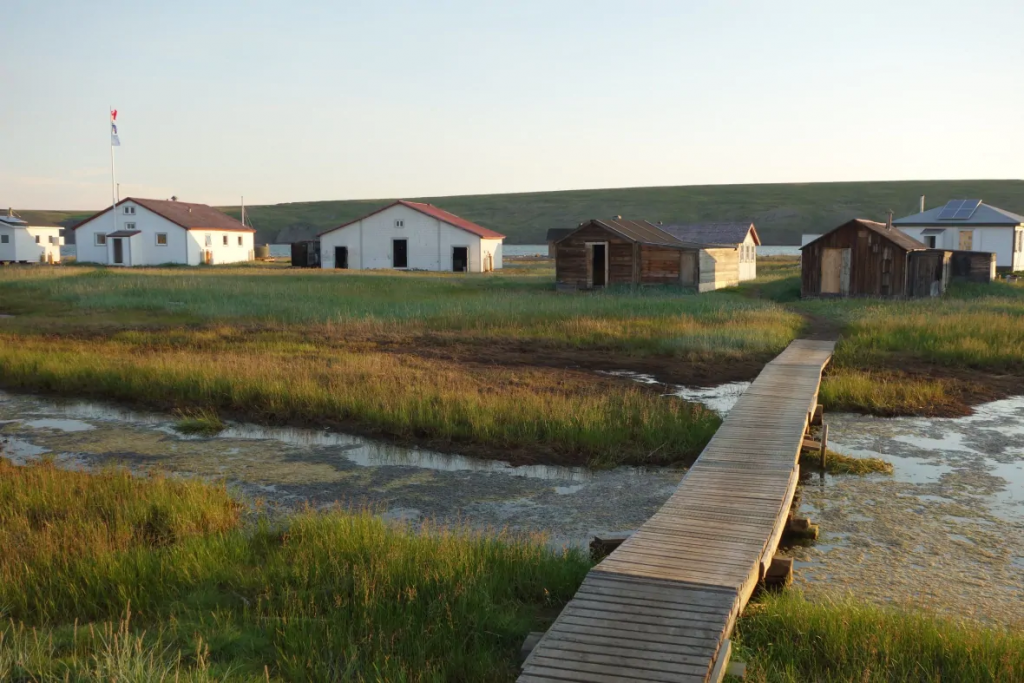
Dawson said the purpose for the project is twofold: to create an online virtual exhibit for people who can’t visit the 116 square kilometre island, and to have blueprints of all the buildings in the event they need to be reconstructed.
Barbara Hogan, manager of historic sites with Yukon Tourism and Culture, said works crews do restoration and conservation work on the buildings at Pauline Cove every summer, but Dawson’s digital plans provide a safeguard.
“We thought it was a good idea to get a comprehensive record of the site while we could in case the water levels rise and we’re at a point where we can’t capture some of the information,” she said.
“It’s giving us a really, really good record of the outside of the buildings and the inside of the buildings and an overview of the historic settlement area.”
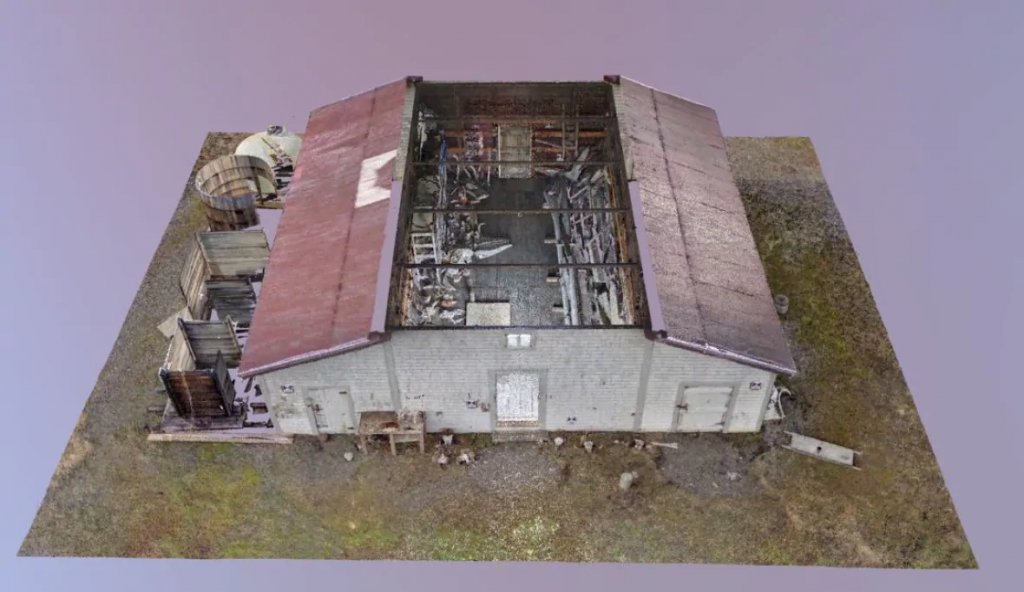
Unprecedented erosion and other threats
Researchers have called the erosion on Herschel Island “unprecedented,” but Dawson says that isn’t the only threat to the island’s heritage structures. Animals have destroyed buildings, and he sees another threat on the horizon: polar tourism.
“We’re starting to see more and more cruise ships arriving in the Arctic and of course they want to visit heritage sites like Herschel Island,” explained Dawson. “You can imagine 20 or 30 or 60 disembarking passengers wandering around a site like Pauline Cove. It can cause damage to the buildings it can cause damage to vegetation.”
Dawson says it’s important to come up with new ways to mitigate these threats.
“Digital heritage preservation is, I think, one of the most interesting and potentially one of the most important ways to do this.”
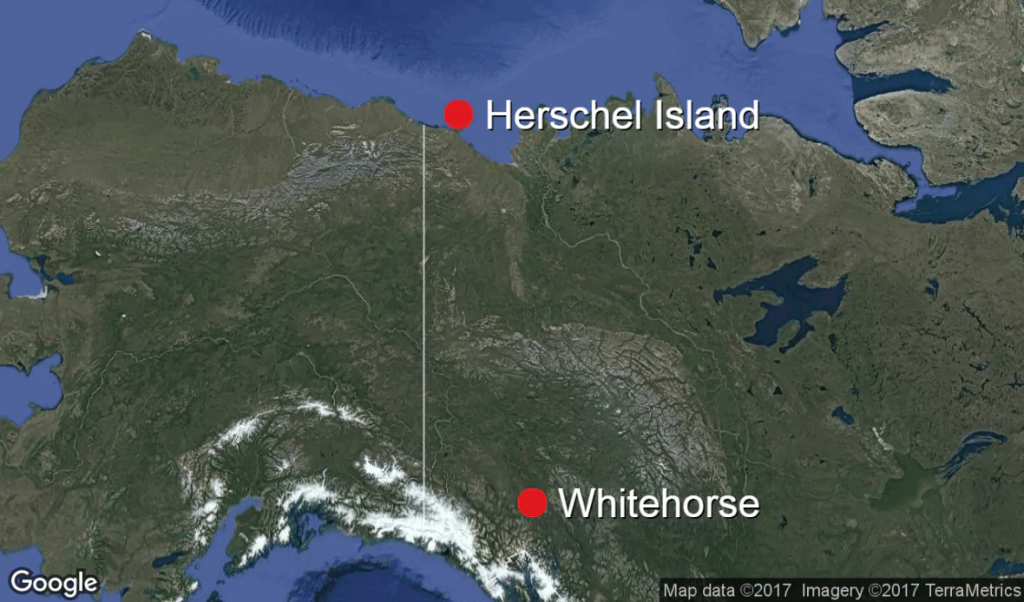
Virtual learning
Herschel Island is an important site for the Inuvialuit, who continue to use it and Yukon’s north slope for traditional activities, but it still remains a challenge to get to. Summer access is by boat or air charter from communities in the Beaufort Delta region.
Michelle Gruben with the Aklavik Hunters and Trappers Committee said it was exciting for community members to “see” the the sites at Pauline Cove at a presentation Dawson recently gave in the community.
“Not everybody gets to make their way to Herschel Island … and to see this type of new technology that shows people the area, it’s good to see,” Gruben said.
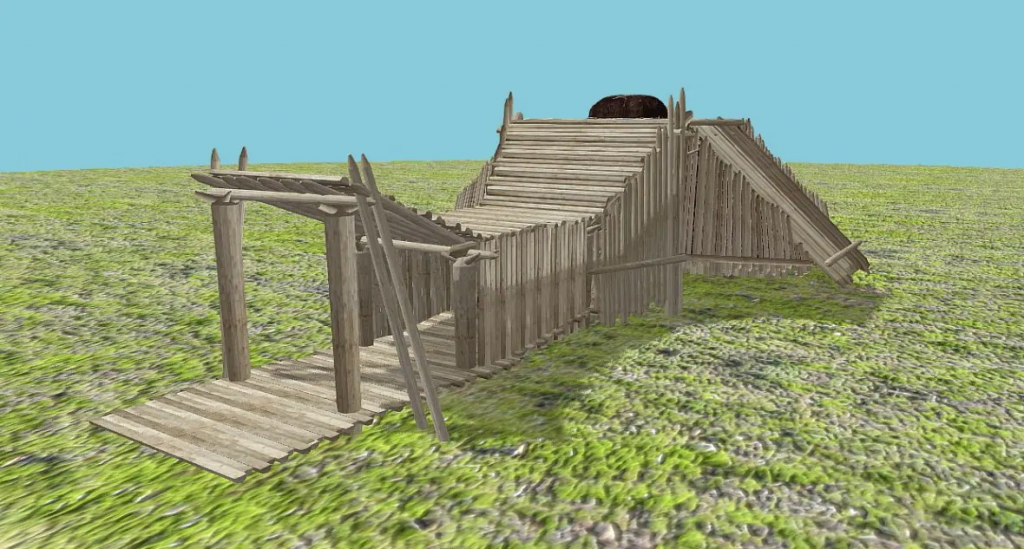
Dawson said the next stage of the project is to create an online archive of the buildings complete with write ups about their history. He hopes to have that ready for the public in about a month from now. He said people will also be able to print the buildings on a 3D printer to make things like puzzles.
“We’re really interested in exploring how things like 3D printing can be used to again convey the history of Herschel island to a wider audience.”
Related stories from around the North:
Canada: Arctic virtual reality helps reduce chronic pain, study says, Eye on the Arctic
Finland: Finland needs its own space research centre, gov’t report says, Yle News
Greenland: What Arctic ice can tell us about plagues, climate and conflict in the Middle Ages, CBC News
Norway: Sweden, Norway team up to preserve ancient rock carvings, Radio Sweden
Russia: Bering Sea region focus of recent papers on climate risk to northern communities, Eye on the Arctic
United States: Scientists sound alarm on striking transformation of Bering and Chukchi ecosystems as ocean warms, Eye on the Arctic

